Today I set out to find 2 houses where my ancestors had lived, both on Burlees lane.

The name is recorded as Byrehmley [1301] – meaning cottage meadow or clearings near the cottage -, Burlghes [1393], Burleghs, Burelees [1643], and Burley.
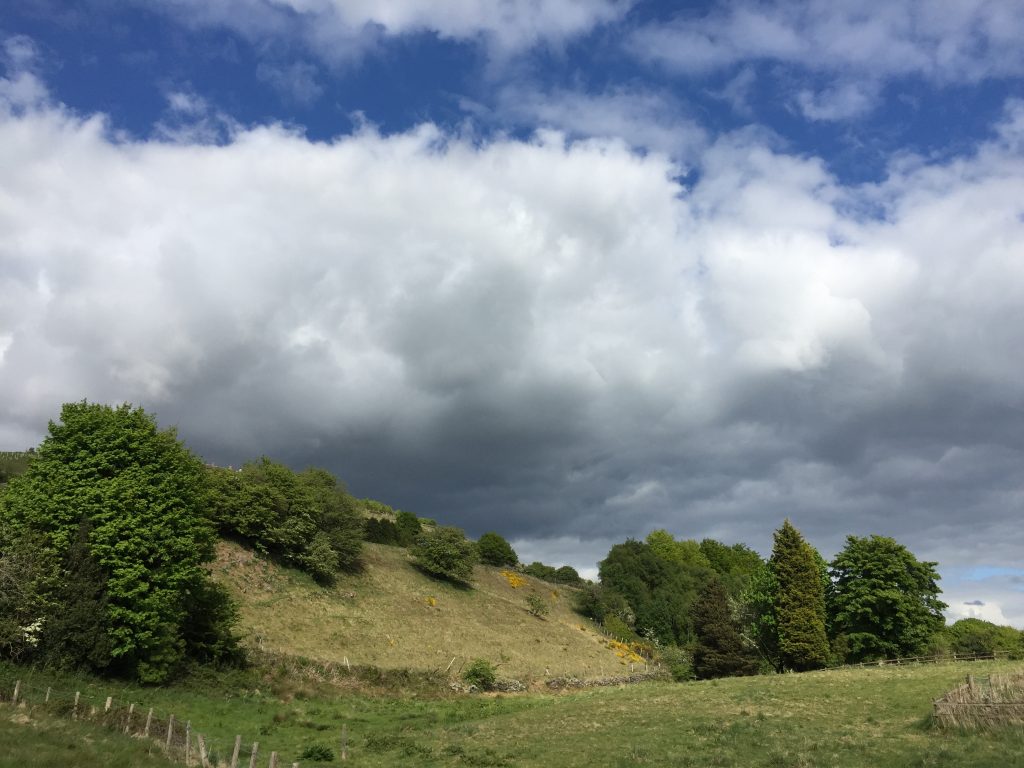
I’d passed the entrance to Burlees Lane a couple of times when I’d taken Wadsworth Lane from Heights Road but I’d never ventured down it. So today I went prepared with a current map in hand and historic maps in my head. Because of the lockdown I knew that it would be a tough walk up Birchcliffe, a hill so steep that even the little zippy bus that goes up there often has difficulty. I’d never hiked ‘up’ before. But on my way I was rewarded by catching a glimpse of a sign on a group of buildings – Birchcliffe Villas.
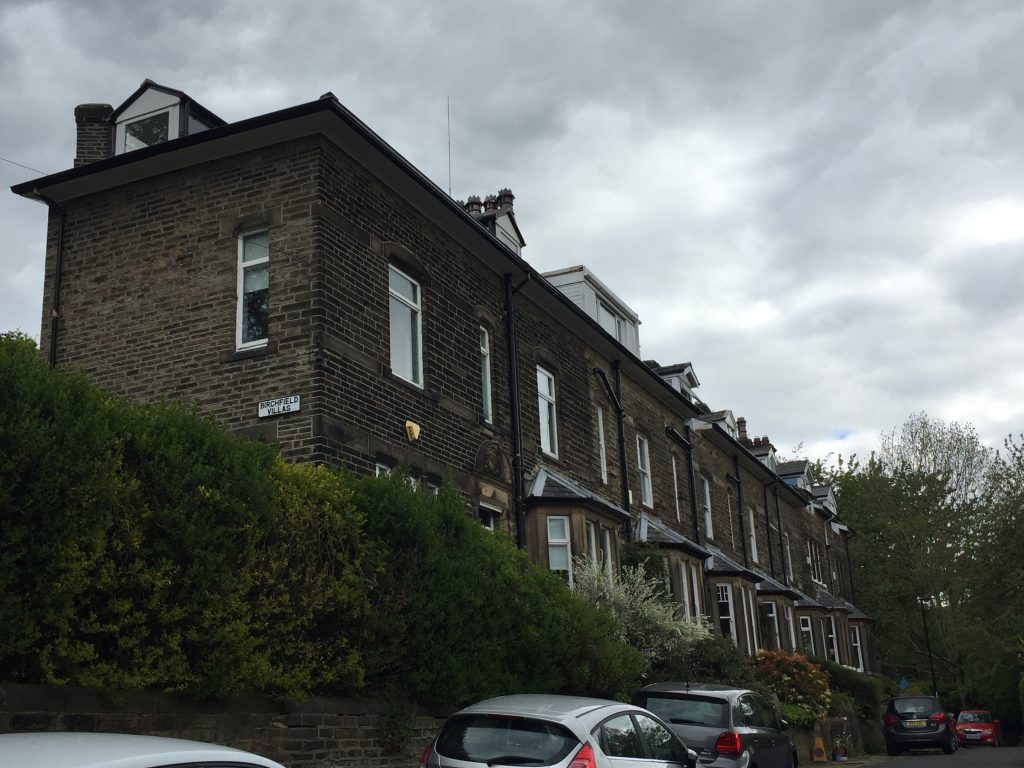
Birchfield Vilas 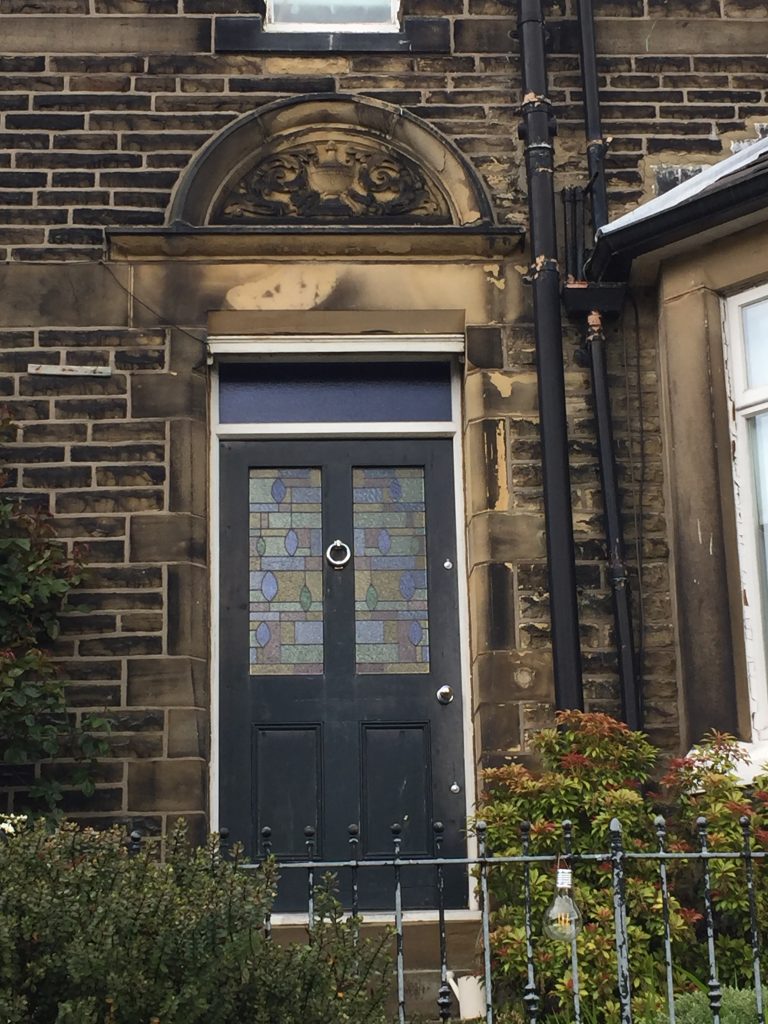
I recognized that name as another ancestral home. I must have passed the sign before but because I was always heading downhill at this point I’d never noticed it before.
Gertrude Ann Eastwood was born at Birchfield Villas. Her father Daniel was a wholesale fustian clothing man and his wife was Jane. Next door was Edward, presumably his brother, also in the same business. Her father Daniel died at Stoodley Range in 1940. She was still living there in 1910 when she married Edward Binney Gibson at Birchcliffe chapel, just across the street from her house. He was living at croft Terrace a couple of houses away from where I write. She was a pupil teacher at the time of her marriage, and Edward was a dentist. It appears that they moved into Vine Cottage on their marriage and there is currently a blue plaque in the window of Vine Cottage commemorating the fact that they lived there in 1916 – a project done in Hebden Bridge to put signs on house windows to say who was living there during the first world war.
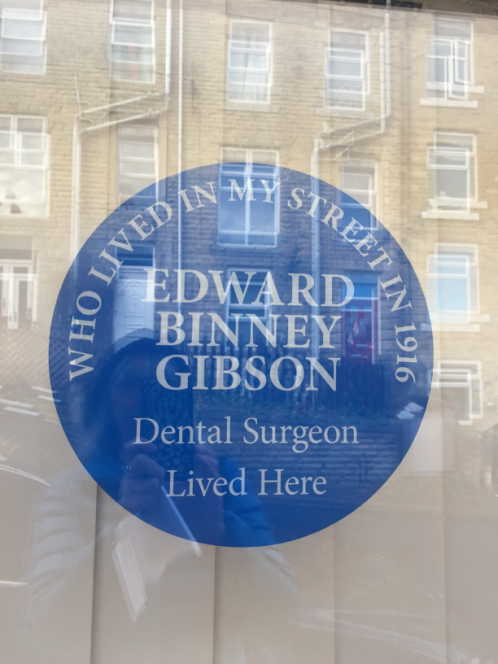
I’d found Vine Cottage a couple of years ago and a wonderful photo of Edward’s father and wife in the first horseless car in Hebden Bridge but although the photo said it was taken in the grounds of Vine Cottage I couldn’t find the spot.

The cottage front was directly onto Birchcliffe Road and I couldn’t see over the wall at the end. . . . Until last week when I was trying to find Primrose cottage, close by, and a couple on their patio expressed both interest and knowledge. I mentioned the photo and they showed my a steep flight of steps from where I could see the courtyard where the photo was taken! By 1939 the couple had moved to Stoodley Range which I had located for the first time last week since it has been renamed Nab Scar. Edward Binney Gibson was one of the primary citizens of Hebden Bridge and his story requires its own post.
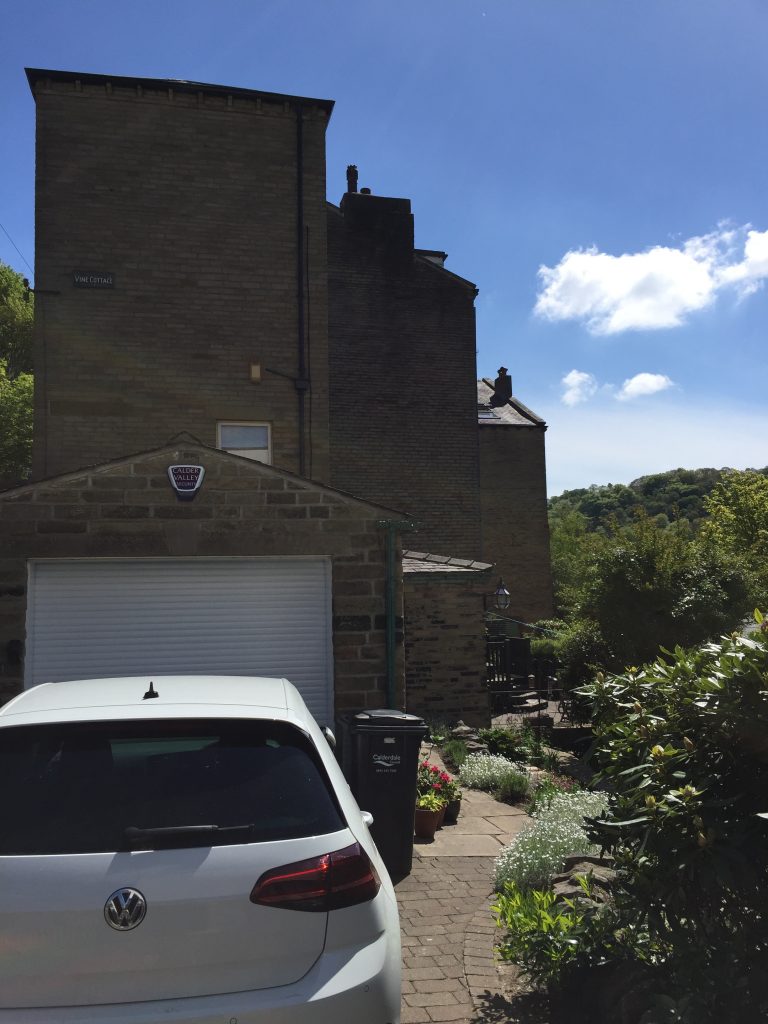
Finding that and stopping to take a couple of photos gave me a moment to catch my breath, and it was with a spring in my step that I headed upwards again. I soon passed the top of Chiserely estate and the road flattened a little and Burlees Lane followed the contour to my right. I liked it immediately – the feeling of open space, the view of the Calder Valley, and the lane itself had a grassy centre and looked delightful, edged by a variety of spring flowers, and the field above me was yellow with buttercups that have come into flower the last couple of days.
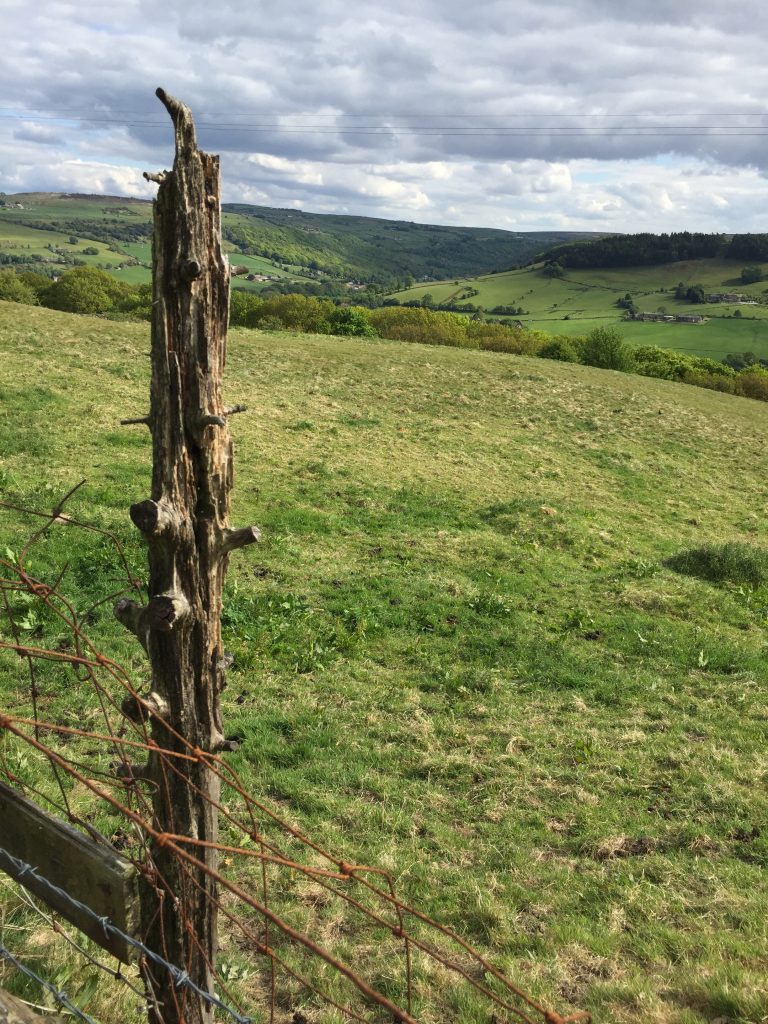
Great Burlees was clearly signposted off to my right and though the track headed downwards I decided to take it. Many times a footpath with run through the farmyard so it makes it easy to explain my presence but no such luck here, and there was no one around to talk to apart from a man whose top half was under a camper van from where a lot of hammering sounds were issuing. I didn’t want to startle him so I took a couple of photos and returned to the lane passing a beautiful level garden with pond. The view over the valley was amazing. I couldn’t believe I’d never discovered this idyllic place, not had I ever heard anyone mention the area.
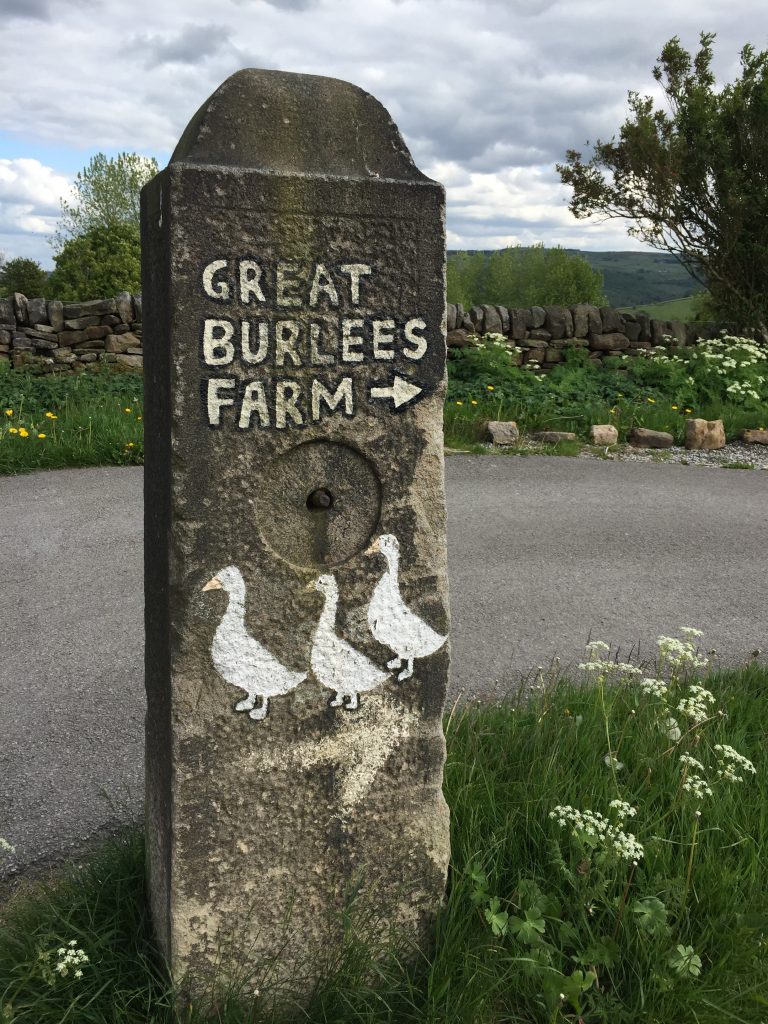
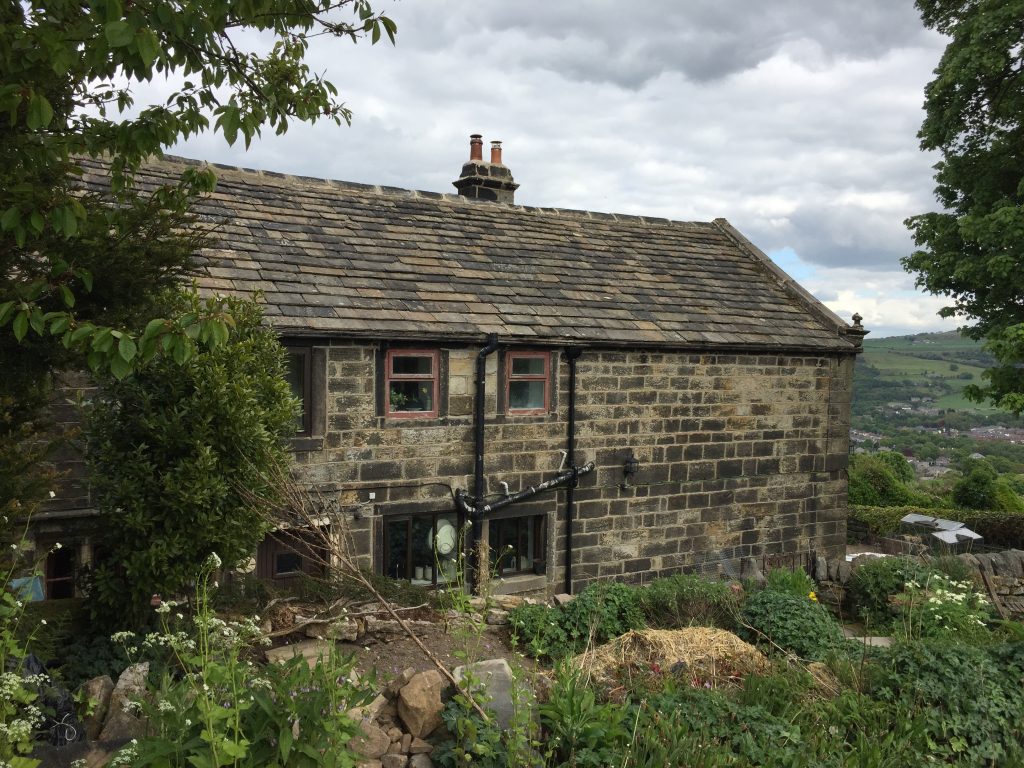
Great Burlees farm
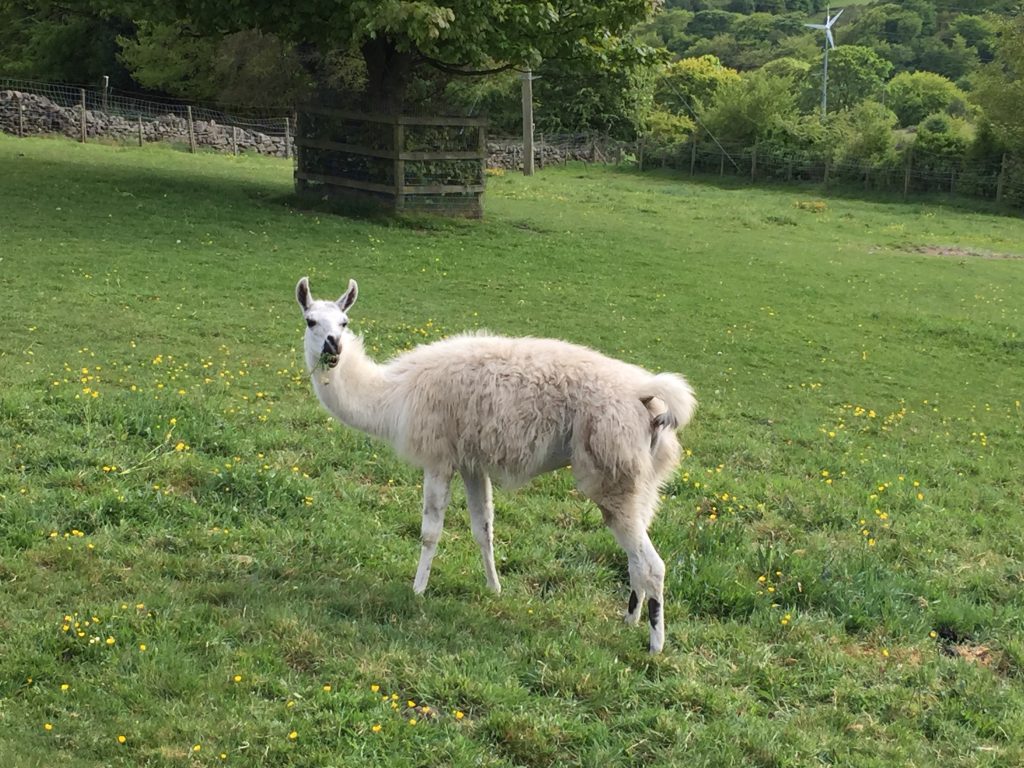
So who am I related to that lived in this idyllic spot? And would it have been so idyllic if they lived there pre car, pre supermarket, pre internet, pre telly?
Great Burlees
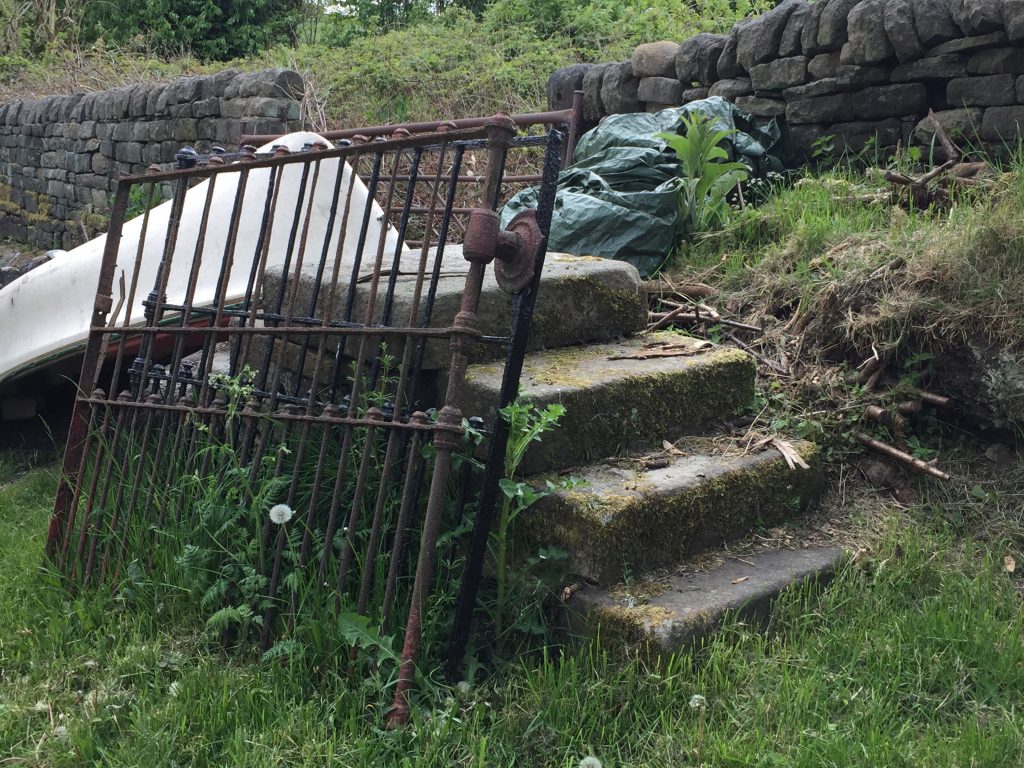
Eliza Crabtree died there in 1928, a spinster. Her father was Lewis Crabtree a farmer, originally from Birchcliffe. Crabtree is a very common name in this vicinity. There are hundreds of Crabtrees buried at Heptonstall and so far I haven’t seen anything exceptional in Eliza’s ancestry to have pointed towards such a large property.
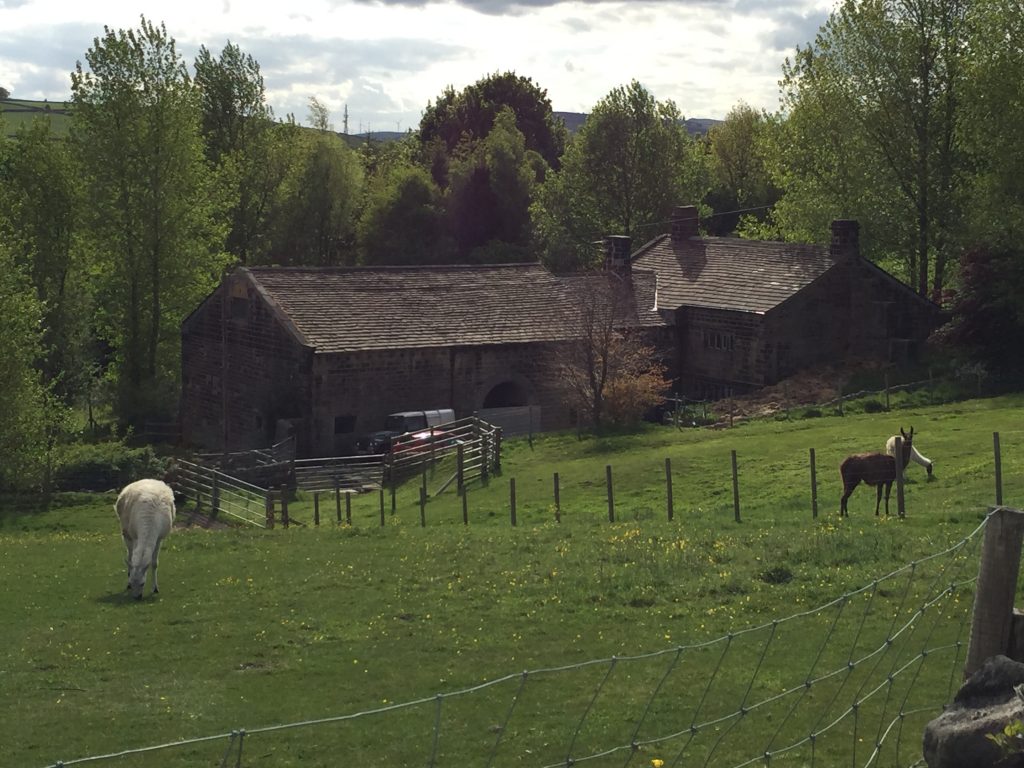
She lived there with two unmarried siblings, Mary Hannah and Lewis. This in itself is most unusual. The farm was built in the late 16th century as a yeoman clothier’s house and the main door has a stone, possibly from an earlier barn inscribed WMC 1691 for William and Mary Cockcrofy (yet another very common name). There is a stained-glass window in the kitchen with figures and dated 1680 for William and his wife. A lead spout is dated 1727. The laithe here is dated 1859.
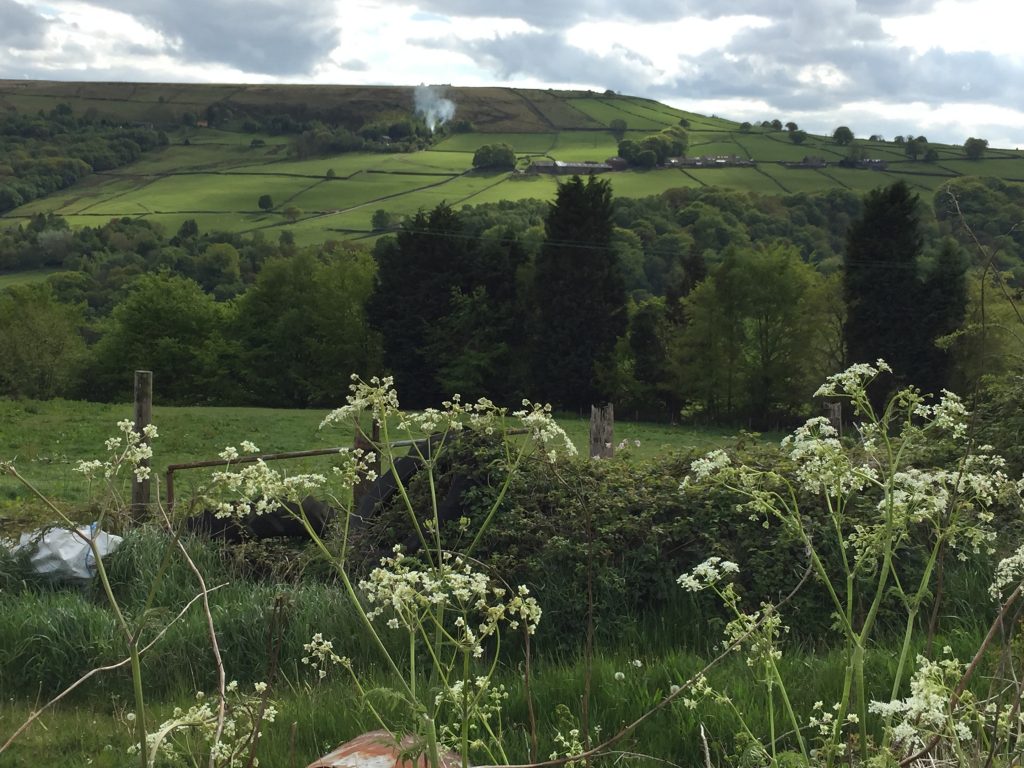
Rejoining the lane a looked to my left and through some optical illusion it appeared that the lane headed in a perfectly straight line to Heptonstall church. The next dwelling I’d come to find was Stephenson House. This was the last house on road, on my right and there was no indication of its name on the property. It’s front faced the Calder valley with the same amazing views and its back was built into the hillside below the road. From that point on the road became a very step path through the fields, looking rarely used. I decided to backtrack rather than go on.
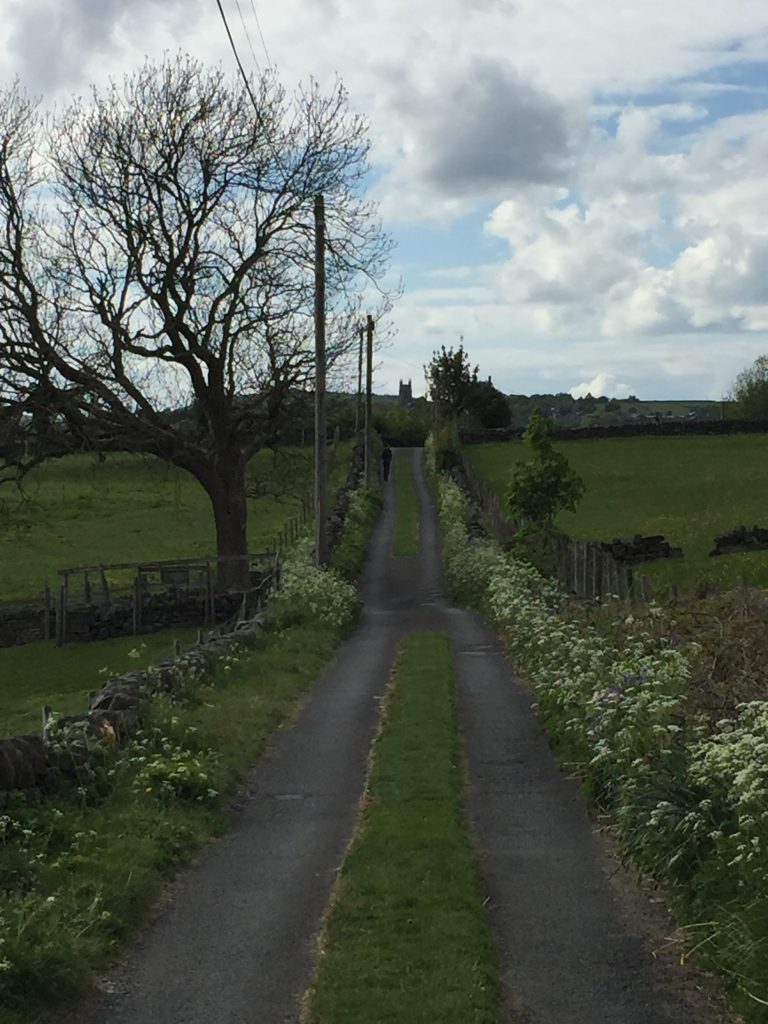
Stephenson House – My ancestor here was James Clark and he lived there in 1904. His grandfather, James Wade was a retired clogg manufacturer born in Hebden Bridge in 1816. I can’t find any records for him or his business. In 1881 he was living in Stephenson house with his son, William Clark , a farmer of 10 ½ acres with his wife (born in Preston) and 6 children, one of whom was James. 1871 they were at park which I now realize must be Park Lane since it’s next to Stubb on the census , a walk I’ve discovered since lockdown.
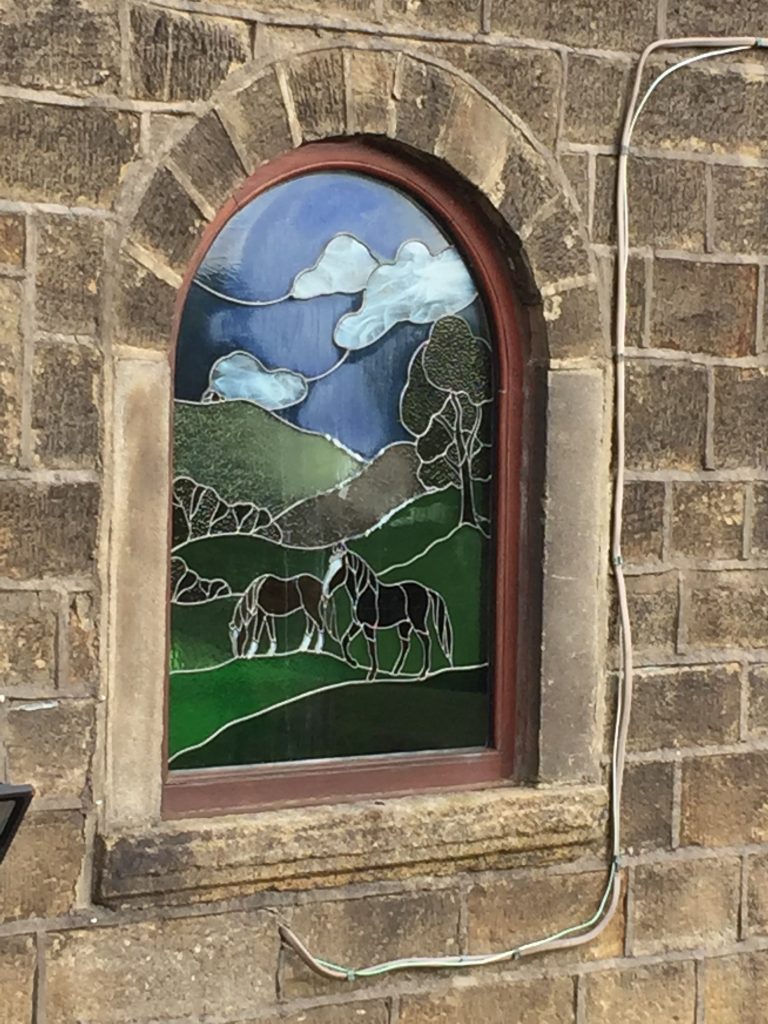
Yes, that’s correct. I’ve followed the route of the census man and now that I’ve been doing all this exploring I can make sense of his route. James was born in 1875 and baptized at Mytholmroyd church. He was living at ‘The Park’ – now Park Lane. Presumably it’s called the Park because this was once part of the Erringden deer park. Erringden’s origins can be traced back to the Vikings when it was known as Heyrikdene which means Valley of Erik or the Valley of the High Ridge (Norse). In 1106 Norman Earl de Warren fenced it in as a deer park.
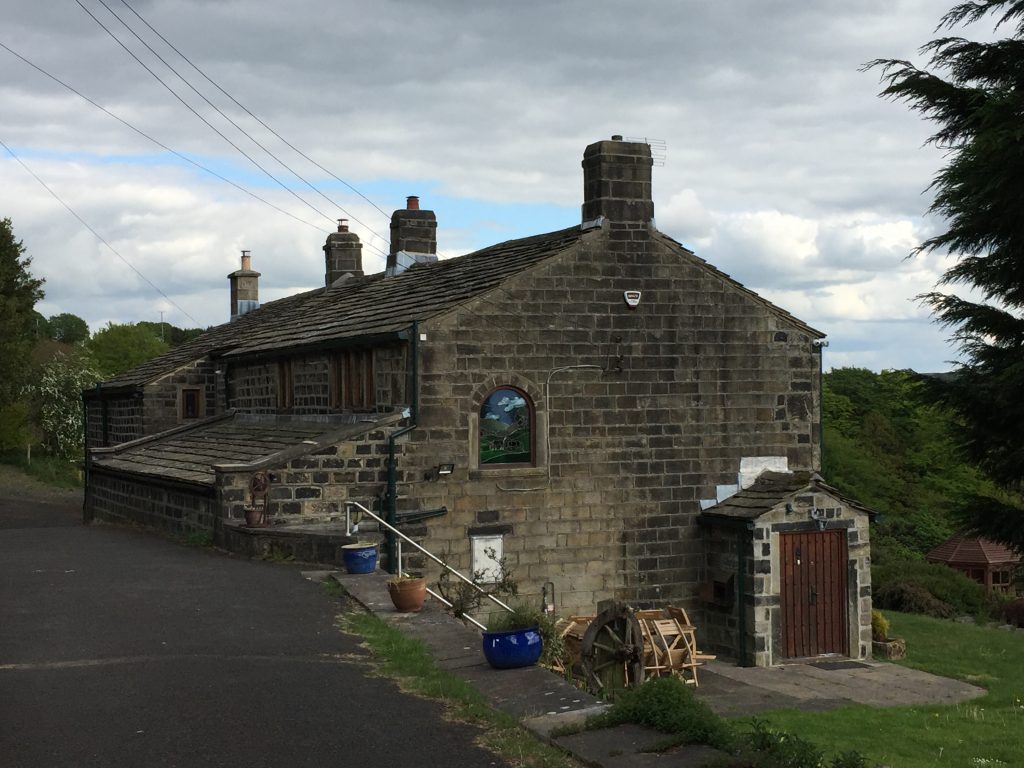
By 1881 the family are at Stephenson house and he continued to live there after his marriage to Marianna Gibson in 1904. Her great granddad was Samuel Gibson, the fossil man! At the time of her marriage she was living at Oxford House, where her father, Thomas, was a dentist. On his marriage certificate James is a fustian manufacturer. I can’t find them on the 1911 census, or indeed, anything about his fustian company, but by 1939 they are installed at Machpelah House, close to the railway station. James and Marianne were buried at Heptonstall close to east window. The inscription reads “ James Gibson. RDS Machpehlah house. Also his wife Elizabeth who died at Southport of Machpelah house. Also Marianne wife of James Clark, and James Clark died Jan 24, 1958 aged 82.” There’s a very ostentatious marble plinth.
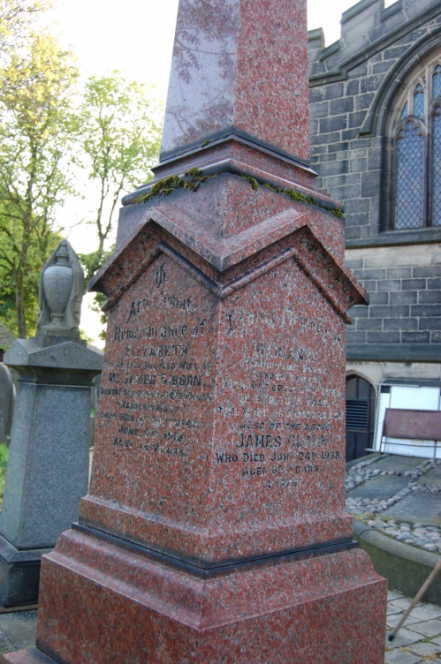
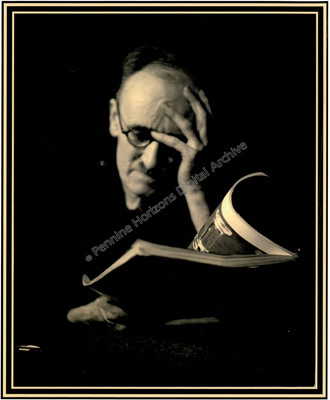
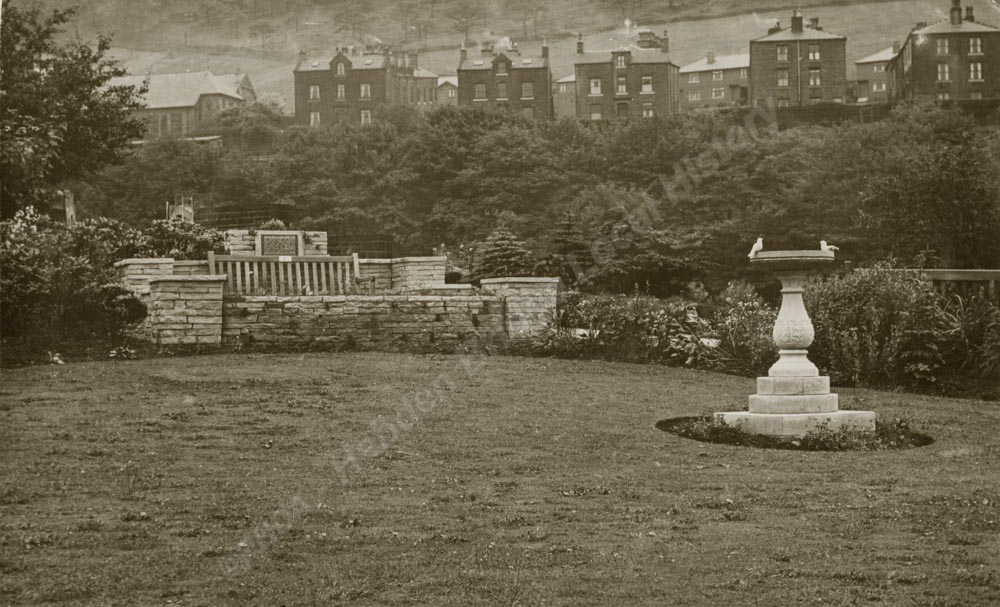
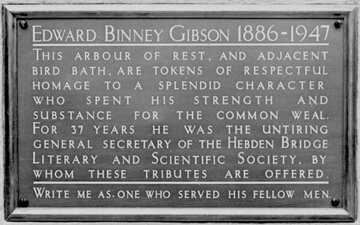
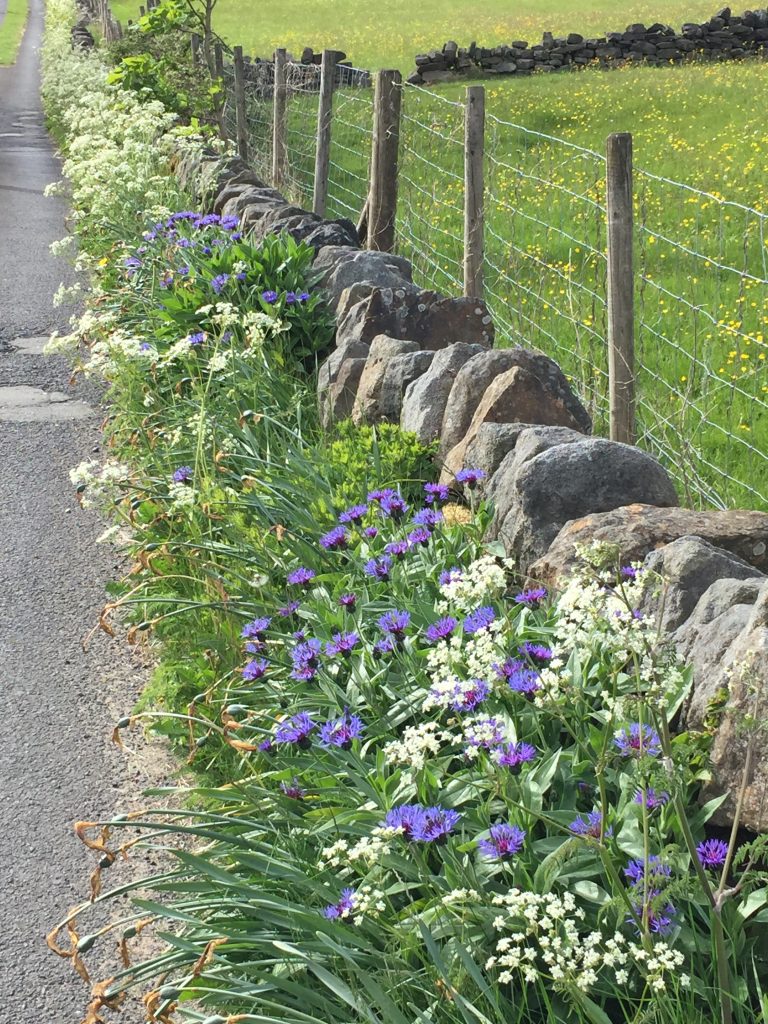
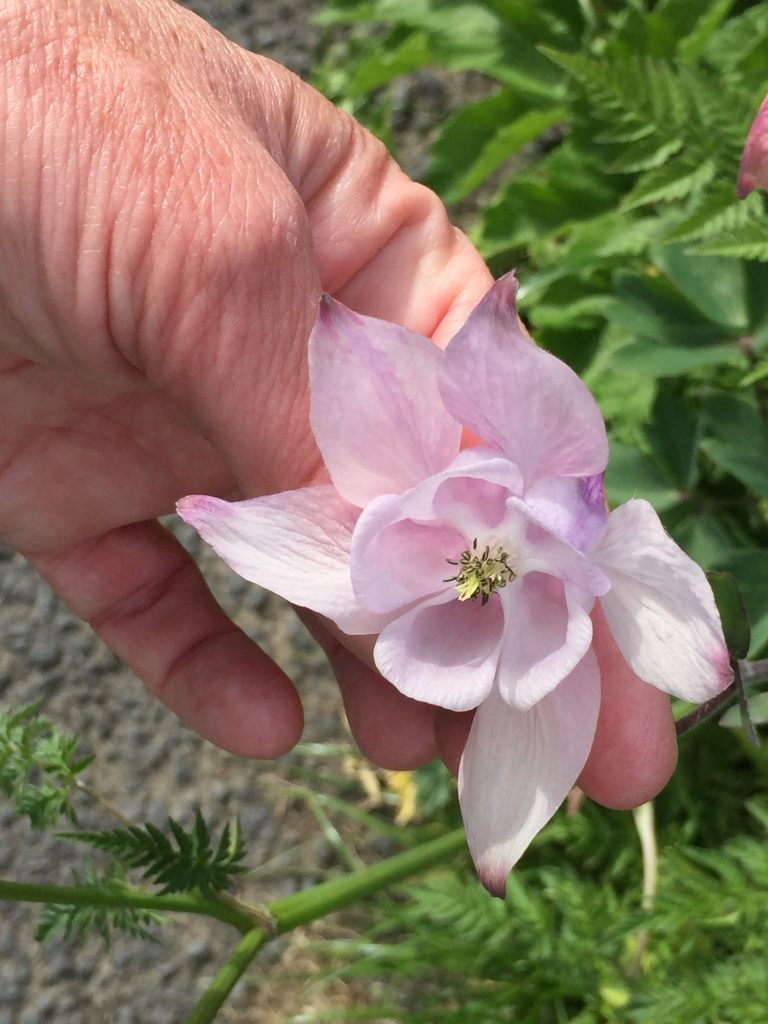
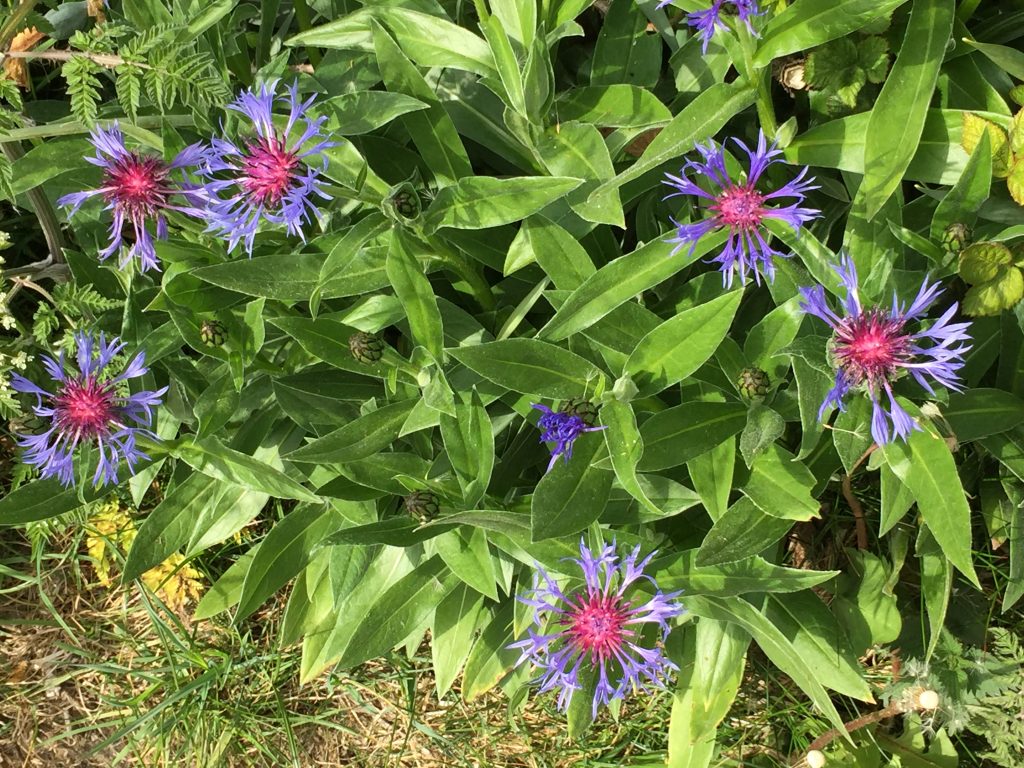

I too am on a search that has led me to Great Burlees, Hedbden Bridge. It is interesting to hear you mention the Crabtree family. My ancestor, William Crabtree, was born in 1826, I believe, to father Richard, but have not yet found much information to confirm this. I do not have a name for his mother. Would the place of residence be the Great Burlees Farm or are there other residences there too? Any help you can give would be appreciated.
Hi, there was great burlees and little burlees next door, little burlees is on the picture, with the llamas and horse in front even though the name under says great burlees it is little burlees. we lived in great burlees from 1970 and previous owner was mrs cuttle, the neigbour at little burlees was the Burns family, i know it more recent but it may help as i dont know how long they had lived there